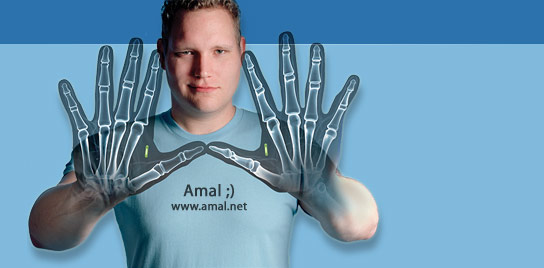While cleaning out the medicine cabinet today, I came across a bunch of different kinds of “pain pills”. Because of my experience with gout, I know not to take Tylenol or any other Acetaminophen based products… but I wondered what the difference really was and how each one worked. It turns out, most pain drugs are split into classes and within the class, they aren’t that different after all.
Analgesics
Analgesics are a class of pain relieving drug that act centrally on nerves and the brain, rather than the place in the body that pain is being generated.
Acetaminophen (sometimes called paracetamol)
Brands: Tylenol
How it works: Acetaminophen belongs to a class of drugs called analgesics (pain relievers) and antipyretics (fever reducers). The exact mechanism of action of acetaminophen is not known. Acetaminophen relieves pain by elevating the pain threshold, i.e. the consumer requires a greater amount of pain to develop before they can feel it. It also reduces fever by affecting the heat-regulating center of the brain. Specifically, it forces the brain to lower the body’s temperature.
Use case: Acetaminophen lowers fevers and soothes headaches effectively, but it is not an anti-inflammatory substance. As a result, it won’t do much for arthritis or sprains.
Drawbacks: Because its usual dosage for pain relief and its overdose amount are not that different, some doctors consider acetaminophen to be more dangerous than aspirin, arguing that it is easier to overdose unintentionally. It also raises serum uric acid levels, so gout sufferers should avoid using Acetaminophen for pain relief.
NSAIDs (Non-Steroidal Anti-Inflammatory Drugs)
The NSAID class of drugs all work in a similar way – they work to inhibit prostaglandin in some way. Among other things, prostaglandin tells the body to sensitize spinal neurons to pain, regulates inflammatory mediation, and acts on the thermoregulatory center of the hypothalamus in the brain to produce fever. Reducing prostaglandin will reduce its affect on the body. All NSAIDs appear to affect blood clotting factors, thinning the blood. In high doses, NSAIDs make it much more difficult to stop bleeding and overdose can cause spontaneous bruising and fatal internal bleeds.
Aspirin (acetylsalicylic acid)
Brands: Bayer, Bufferin
How it works: Aspirin inhibits the enzyme cyclooxygenase, which in turns limits the volume of prostaglandins.
Use case: Aspirin is used to treat headaches of all sizes, to quell minor body aches and pains, and to reduce inflammation when we’re sore. It’s also playing some role in the treatment of heart disease.
Drawbacks: It’s rough on the upper digestive tract (can cause upset stomach, heartburn, and even dyspepsia), it’s bad for hemophiliacs (because it’s an anticoagulant), and it’s not always safe for kids (because it’s linked to Reye’s syndrome). It also reduces the kidney’s ability to process uric acid, so gout sufferers should avoid using Aspirin.
Ibuprofen
Brands: Motrin, Advil
How it works: Ibuprofen is chemically similar to regular aspirin and functions in an analogous way, minimizing the production of prostaglandins, though it accomplishes this with slightly different chemical reactions.
Use case: In small doses, ibuprofen seems to irritate the esophagus and stomach lining less than its close cousins, aspirin and naproxen. If you have ulcers or acid reflux disease, ibuprofen may be the best product for pain clearly resulting from inflammation (arthritis, sprains, sunburns, etc.).
Naproxen
Brands: Aleve, Naprosyn
How it works: Naproxen blocks the enzyme cyclooxygenase that makes prostaglandins.
Use case: Although it is used for headaches, naproxen is especially effective as an anti-inflammatory agent. For arthritis, sprains, sunburns, and other inflammation-based pain, naproxen seems to edge its competition. Many women suffering from menstrual cramps also report that naproxen is more effective than standard aspirin (but as a man, I can’t really confirm that). Similar doses of this over-the-counter pain reliever tend to last longer – often for 8-12 hours instead of 4-8 hours.
Indomethacin
Brands: Indocin, Indocin-SR
How it works: Indomethacin blocks the enzymes cyclooxygenase 1 and 2 that make prostaglandins.
Use case: Indomethacin is similar to ibuprofen and naproxen.
Tags: health
This entry was posted
on Thursday, July 26th, 2012 at 3:36 pm and is filed under Personal Health.
You can follow any responses to this entry through the RSS 2.0 feed.
You can leave a response, or trackback from your own site.












